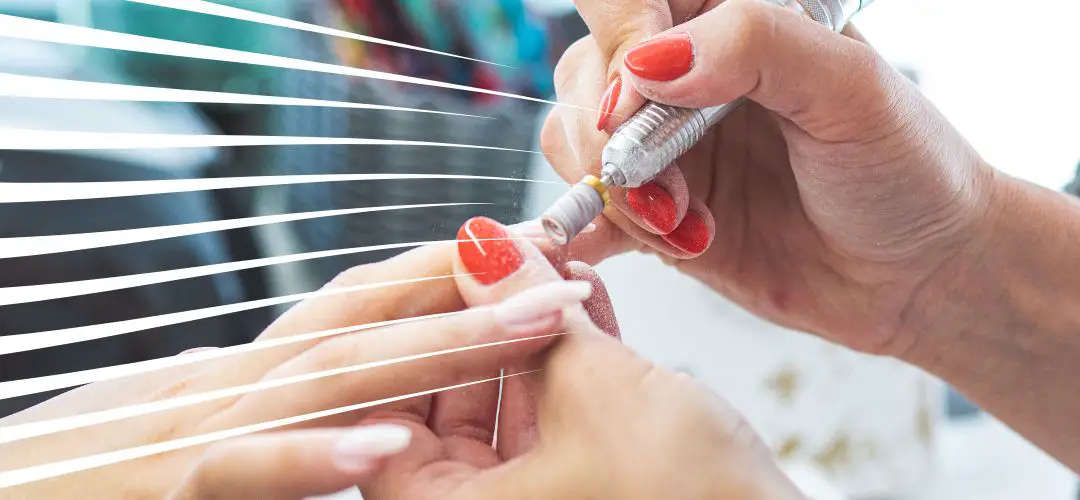You don’t need to be an expert mechanic to understand torque, but understanding it can help you get the most out of your nail drill. So let’s take a look at what torque is and how it affects your nail drilling experience. From there, you’ll have everything you need to ensure that your nails are looking their best without sacrificing performance!
At its core, torque is essentially a measure of rotational force – that is, the amount of force required for a particular object to rotate around its center axis. In this case, we’re talking about the nail drill bit and how much force is needed to spin it while in use. The higher the torque on your nail drill, the more powerful it will be; meaning that tougher jobs can be tackled with ease.
But that’s not the only factor at play here. Torque also has an effect on drilling speed, as higher torque means a faster bit rotation rate. This is great for tasks that require quick nail drilling such as pedicures or manicures where you want to get the job done quickly and efficiently.
How do I choose drilling speed?
Choosing the appropriate torque and speed will depend on a variety of factors including the type of nail you’re drilling, the material you’re working with, and even how experienced you are. When in doubt, it’s always best to start at a slower speed and gradually increase as necessary. You’ll know when it’s time to turn up the torque when your drill starts to struggle or when you’re not achieving the results that you want.

What do you use a high torque drill for?
They’re essential for any professional nail technician who needs to get the job done quickly and effectively! High torque drills can handle tough jobs like cutting and shaping acrylics, and pedicures with ease, while faster speeds help you get through smaller tasks like polishing and detailing nails in no time.
What does the torque adjustment do on a drill?
Torque adjustment gives you control over how much force is applied to the nail drill bit, so that you can make sure you’re using the optimal amount of power for the job.
What RPM should I use on my natural nails?
When it comes to natural nails, the best RPMs will depend on the material you’re working with and the type of nail you’re drilling. Generally speaking, a lower RPM should be used for softer nails, while higher RPMs can be used for harder materials. It’s best to start off low and increase as needed until you get the desired results.
What is more important torque or RPM?
It really depends on the job you’re doing and what your goals are. Torque is important when you need to apply a lot of force, such as for cutting and shaping acrylics or pedicures. On the other hand, faster speeds can be beneficial if you need to complete smaller tasks quickly and efficiently like polishing or detailing nails. Ultimately, it’s up to you to decide which parameter is more important in order to achieve the desired results.
Overall, understanding torque on a nail drill will give you greater control over your work so that you get the best possible results every time! And with practice, you’ll soon be an expert at adjusting torque and RPM according to the task at hand!
Conclusion | What is torque on a nail drill?
This article gives an overview of torque as it pertains to nail drills, explaining what it is and how it can affect the drilling experience. It also covers topics such as choosing an appropriate speed and torque for your task, what high torque drills are best used for, adjusting the drill’s torque, and whether torque or RPMs are more important. Understanding and applying these concepts will help ensure that you get the best results from your nail drill every time.



